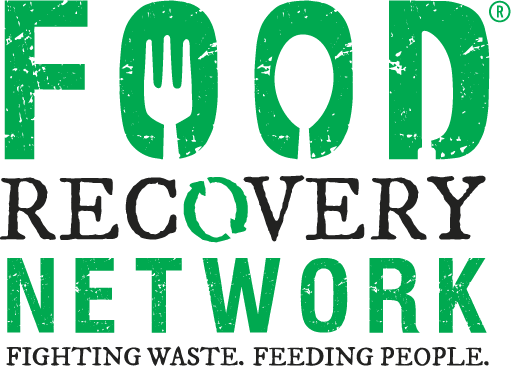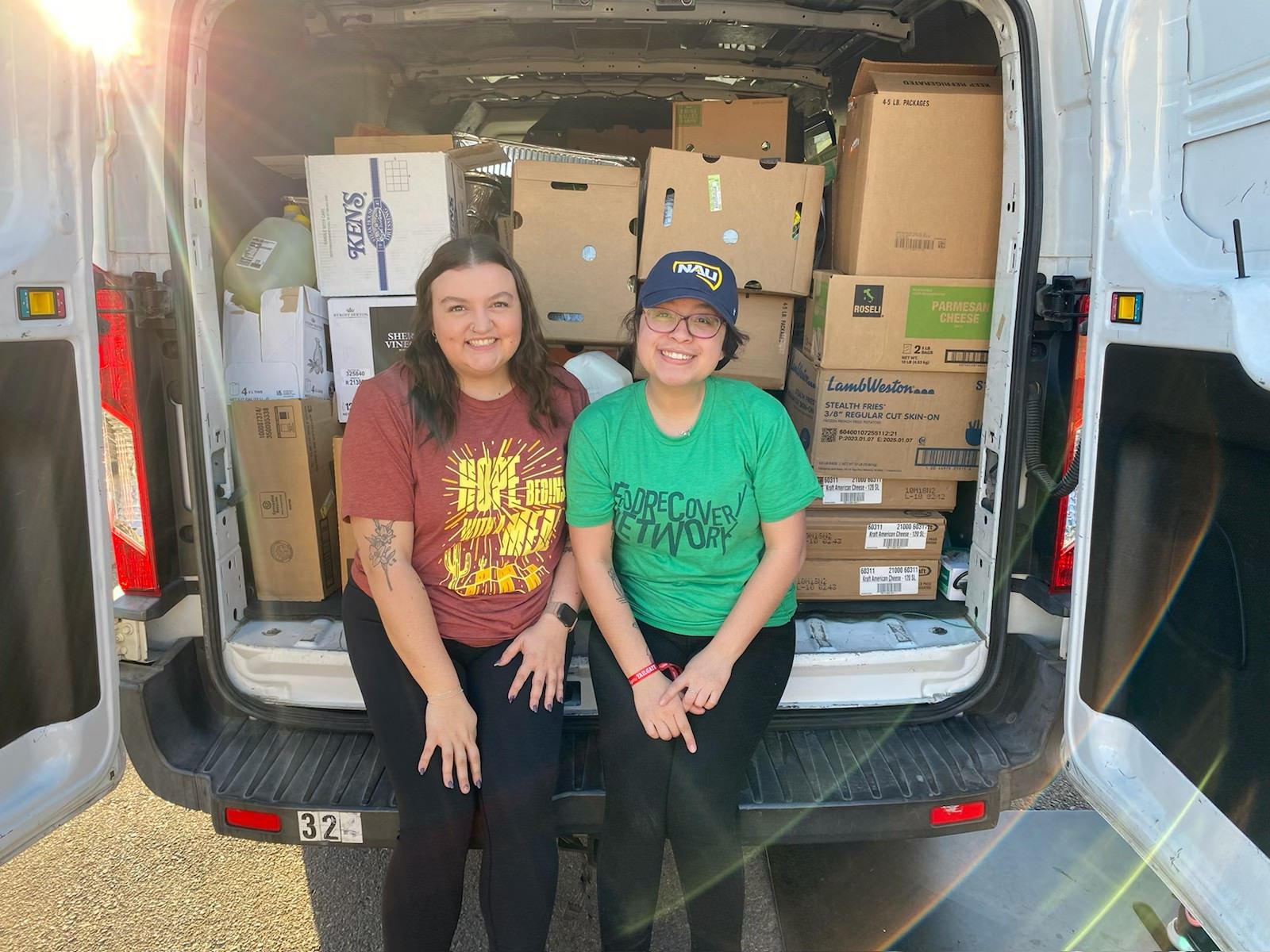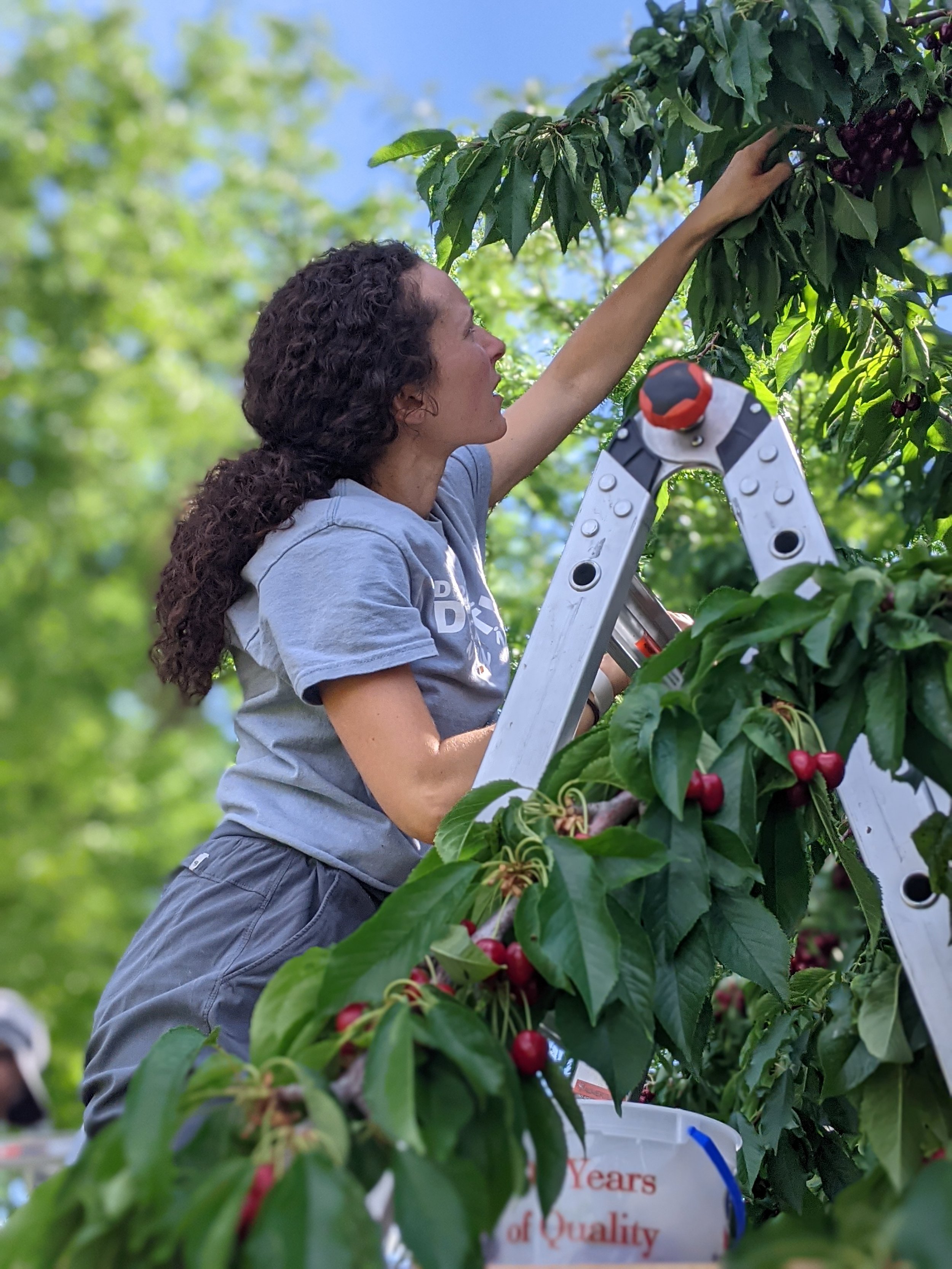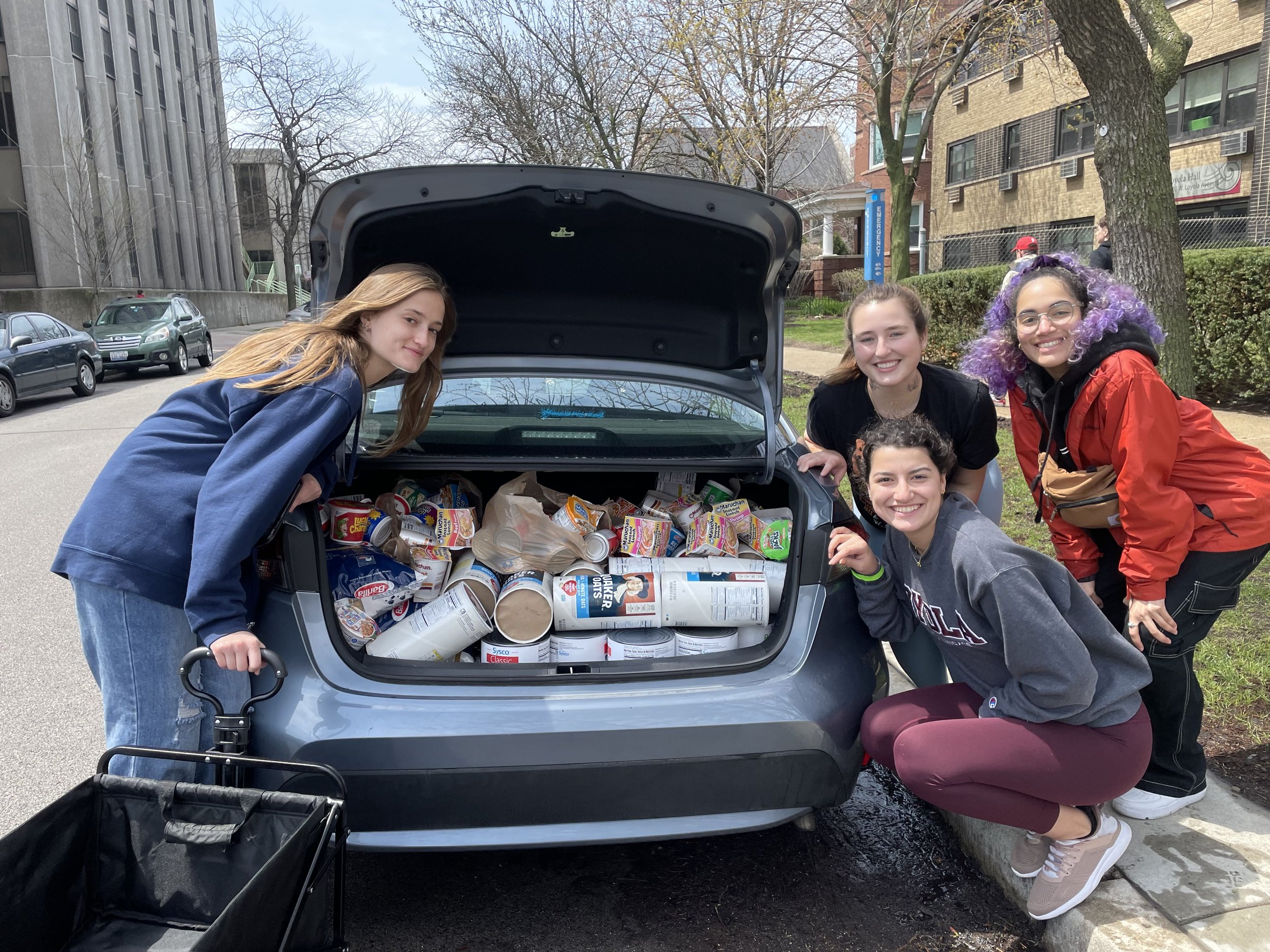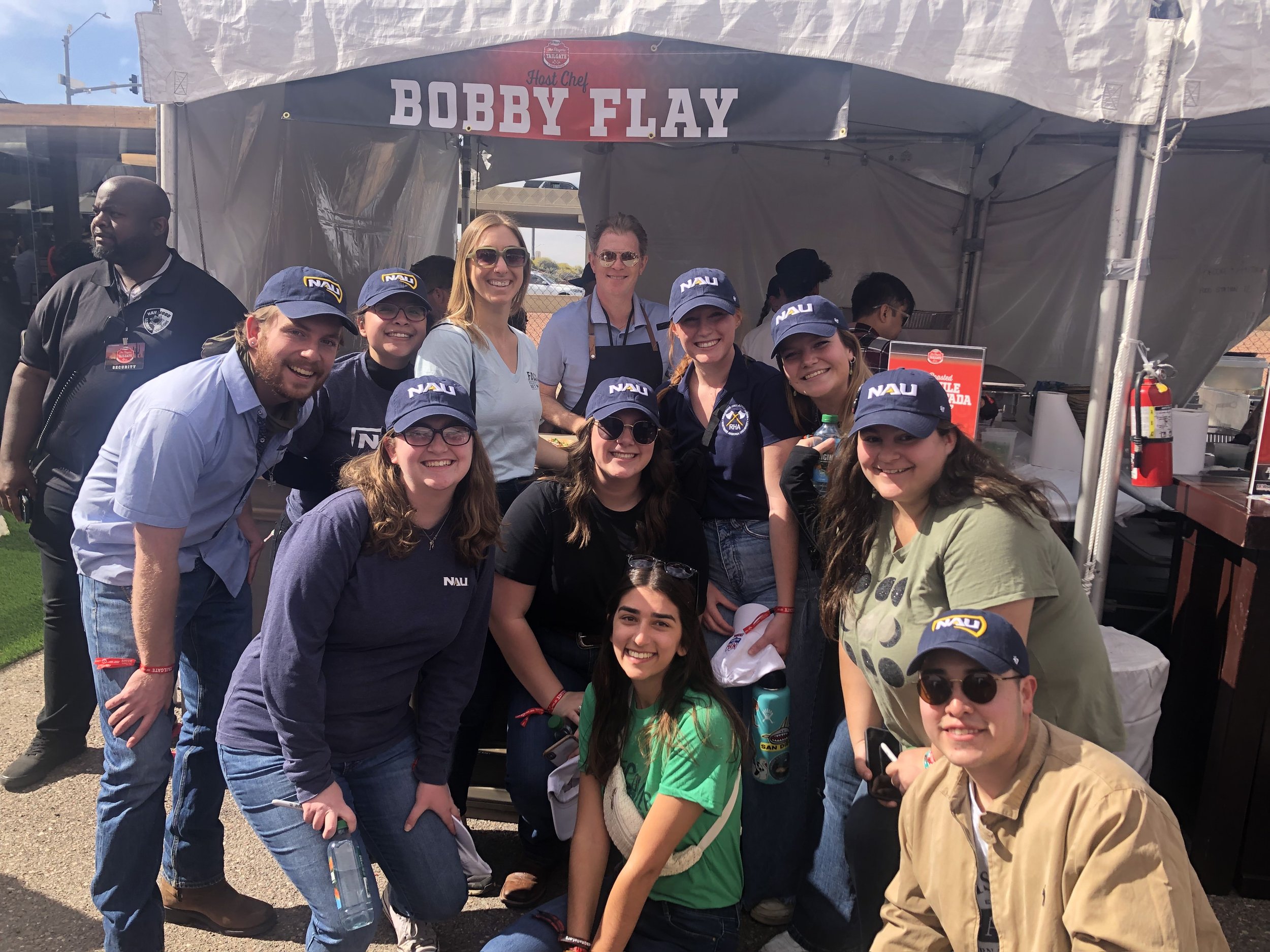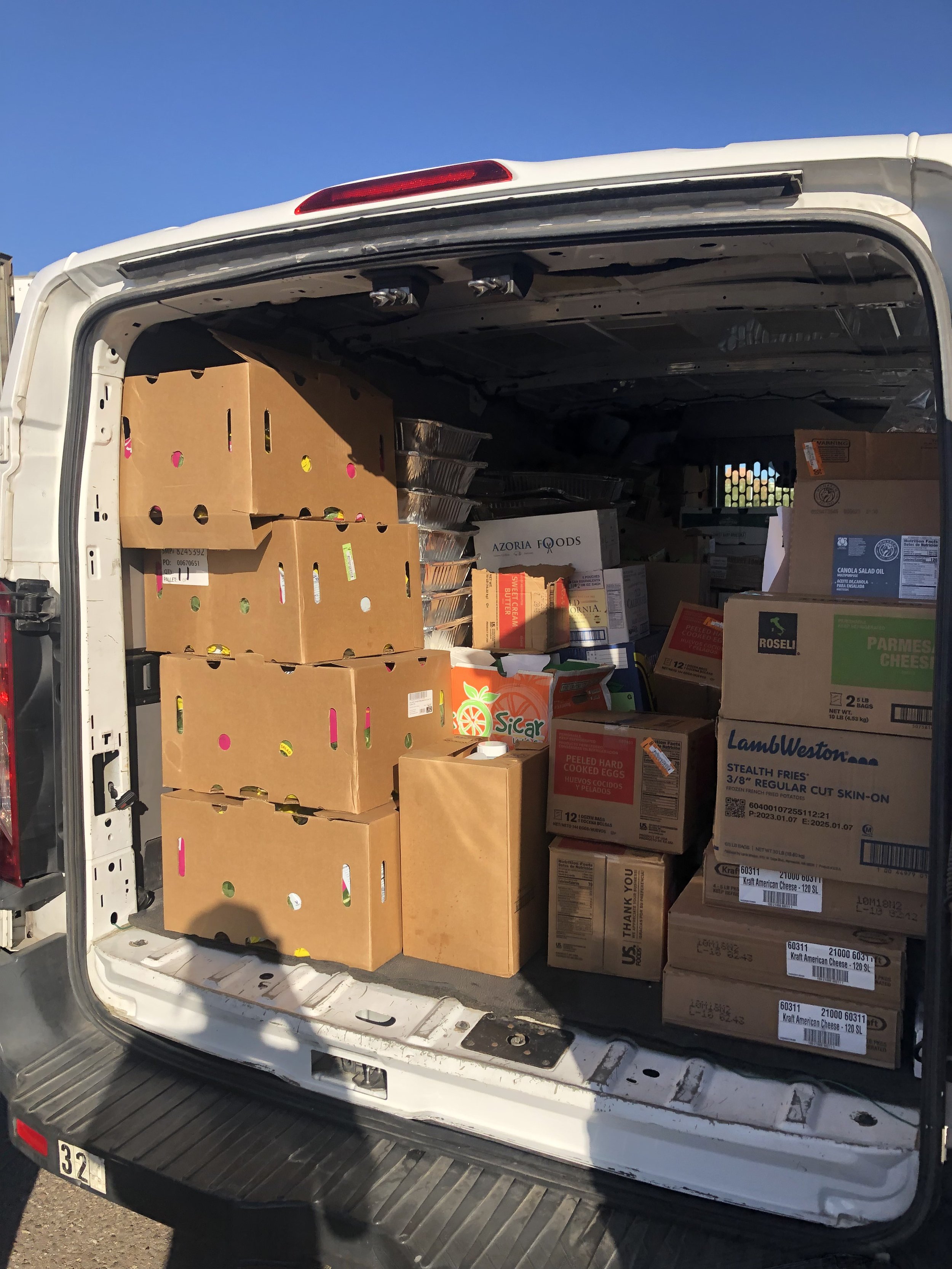Daniella Passariello is a senior at Georgetown University in Washington, DC, and the President of FRN’s student-led chapter on campus. Recently, Daniella attended the White House Challenge to End Hunger & Build Healthy Communities, an event following up on the White House Conference on Hunger, Nutrition, and Health last fall. Read about Daniella’s experience attending this in-person event and her insightful observations about how community leaders, like the students powering our movement, are making a difference in the fight against hunger below.
Last month, I had the amazing opportunity to attend the White House Challenge to End Hunger & Build Healthy Communities event in Washington, DC, and it was an experience that will stay with me for a long time. The White House Challenge builds upon President Biden’s goal to end hunger, reduce diet-related diseases, and reduce health disparities in the US by 2030, which was announced as part of the White House Conference on Hunger, Nutrition, and Health in September 2022.
The event space was cozy, but the atmosphere was electric. I heard from political figures like Ambassador Susan Rice, listened to two panels moderated by U.S. Secretary of Health and Human Services Xavier Becerra and U.S. Secretary of Agriculture Tom Vilsack, and sat in on a fireside chat with Chef José Andrés. It was enlightening to see policymakers, business representatives, nonprofit leaders, and community activists working together in real time, and to better understand how essential this collaboration is to solve the complex and intersectional issue of hunger in the U.S.
“What struck me most about this event was hearing from community leaders...there were three panelists whose stories really resonated with me, and I’m delighted to highlight their stories here.”
What struck me most about this event was hearing from community leaders who have successfully built strategic partnerships within the public and private sectors to fight hunger on the ground. I found it fascinating to see the role that the government can play to uplift community leaders to create solutions that center the needs of the people they serve. In particular, there were three panelists whose stories really resonated with me, and I’m delighted to highlight their stories here.
Robert White
Board Member, Feeding Southwest Virginia
Robert White, a Board Member of Feeding Southwest Virginia, spoke about his personal experience with food insecurity and how it motivated him to make a change. Now, he is able to support Feeding Southwest Virginia’s hunger-fighting work, which includes providing hot meals to hundreds of people each day. His message was simple: "It takes a village." Robert encouraged everyone to get involved in on-the-ground solutions to make a real difference in addressing hunger.
Donta Rose
Owner, sharswood grocery outlet
Donta Rose, the owner of Sharswood Grocery Outlet in Philadelphia, was the star of the show. He noticed what needed to be changed in his community, particularly the food desert that it had been experiencing for the past 60 years. He took it upon himself to buy and run the grocery store in Sharswood so he could increase access to fresh produce and groceries for his neighbors. His passion was so infectious that Ambassador Ertharin Cousin, another speaker on the panel, offered him support on the spot. It was truly inspiring to see how one person can make such a big impact in their community, and it was especially interesting to see the ways that passion and energy for a mission can inspire even more connections and collaborations with other partners.
Mar Mar Lin
Foodshare Advocate, hunger task force
Mar Mar Lin, a FoodShare Advocate at Hunger Task Force, was the final panelist who truly stood out to me. She spoke about the importance of connecting with the community you are working with, especially in vulnerable communities like refugee and immigrant communities. Mar Mar focuses on ensuring that food banks offer culturally appropriate food and that resources are communicated in a way that builds trust with community members. She was an essential voice on the panel, and as an immigrant myself, I was thrilled to see her there and hear her story.
“ The U.S. government should focus on catalyzing action by bringing local changemakers to the decision table and fostering a collaborative environment, and local leaders should have the support of the public and private sectors to be the decision-makers in their community. ”
Attending the White House Challenge event left me feeling motivated and empowered. It made me realize that grassroots movements are what will get the job done, which requires collaboration with the public and private sectors to create real change. The U.S. government should focus on catalyzing action by bringing local changemakers to the decision table and fostering a collaborative environment, and local leaders should have the support of the public and private sectors to be the decision-makers in their community.
As college students, we have the power to make a difference in the fight against hunger and support our communities. As a member of a Food Recovery Network chapter at Georgetown University, I’m a part of the solution. Every day, I work with local partners to recover surplus food, advocate for better food and hunger policies, and spread awareness on how we can tackle food waste and food insecurity. To students aspiring to join the food recovery movement, start or join an FRN chapter on your campus!
FRN student chapter members are community leaders. When we use our voices to push for change, we can have the impact we seek. Together, we can end hunger and build healthy communities.
